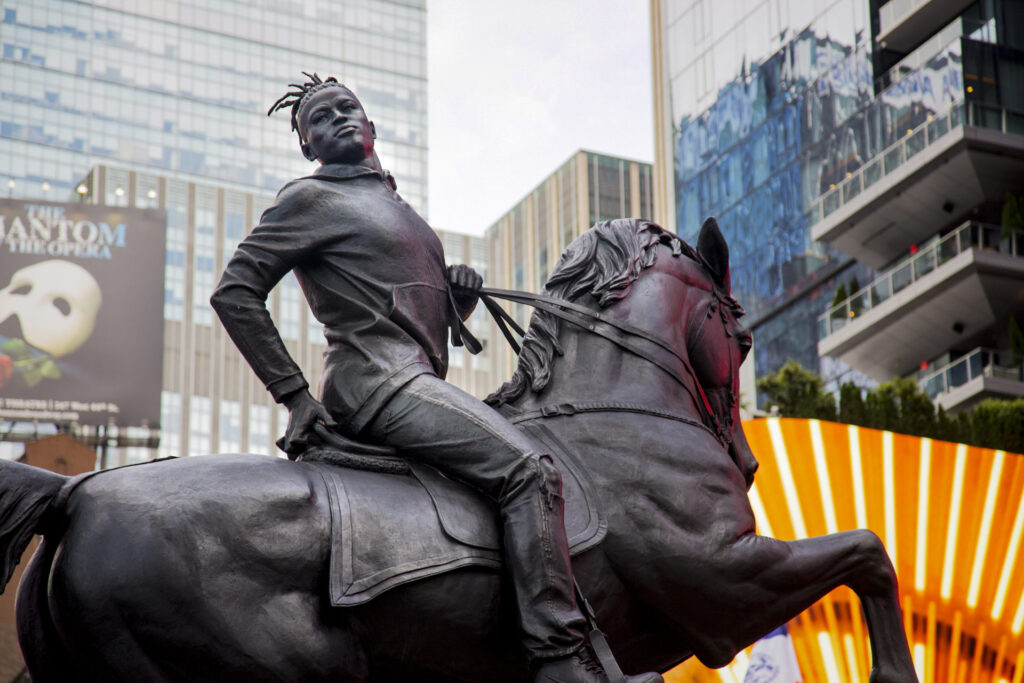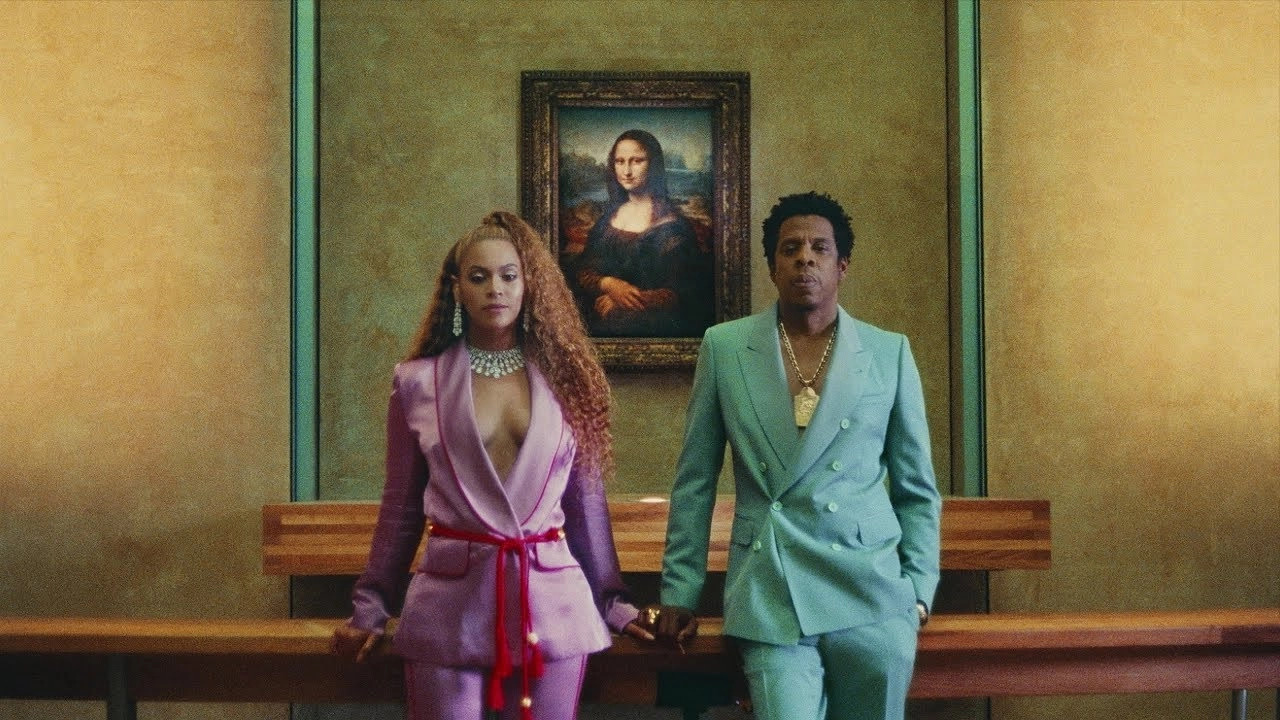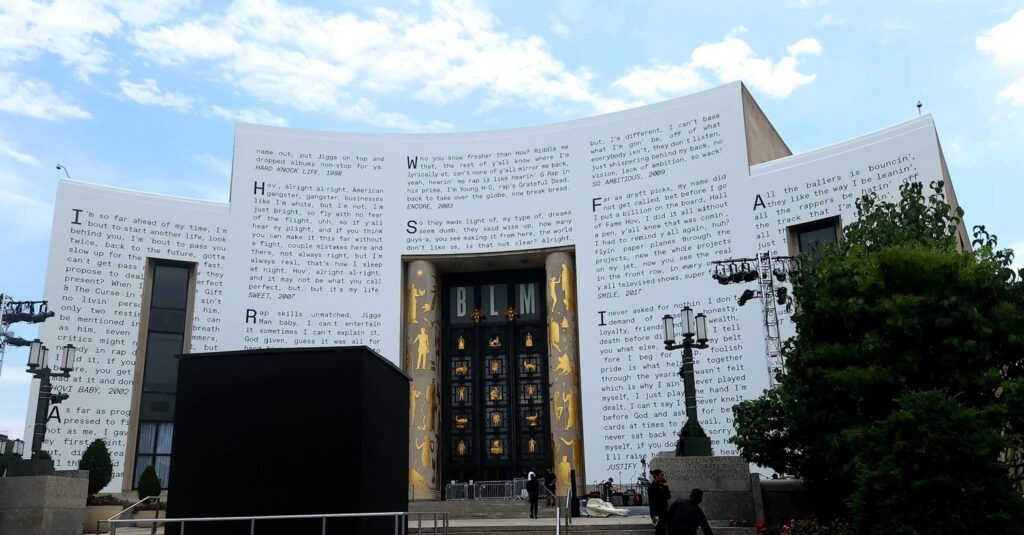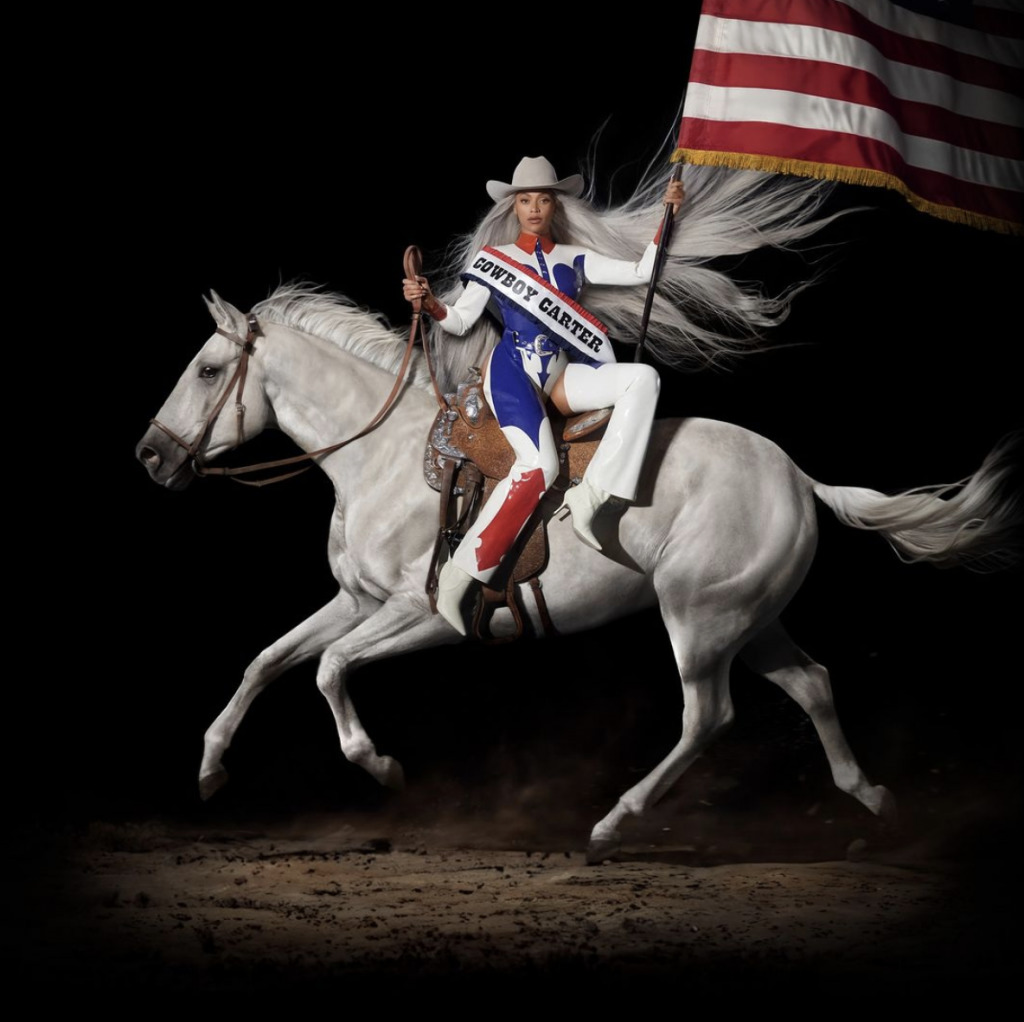As everyone knows by now, Beyonce is preparing to release her new album, while she is promoting it using museums, photographers, and cultural heritage.
Beyonce’s announcement unveiled her eighth studio album, “Cowboy Carter” (also referred to as Act II: Cowboy Carter or Act II), set to release on March 29.
The announcement of Beyonce’s new album was accompanied by the reveal of its cover art. The picture shows Beyonce riding on a galloping horse, and it was taken by Los Angeles-based photographer Blair Caldwell.
The album cover of Beyonce is not simply an artwork; it also alludes to the cultural norms. Beyoncé endeavors to make her way as the first black woman in the country music industry. She recently thanked her fans for helping her become the first Black woman to top Billboard’s country chart. She also mentioned that her album, Cowboy Carter, took five years to make and “was born out of an experience that I had years ago where I did not feel welcomed.”

Photographer Caldwell’s vision for Cowboy Carter alchemizes symbols into an image depicting Beyoncé perched atop a horse at full gallop.
Art magazine resources in the US have pointed out that there are clear similarities between this photograph and Kehinde Wiley’s paintings. These paintings feature Black individuals in roles of power that were once exclusively reserved for white leaders. Throughout American history, presidents such as Roosevelt and Reagan have been depicted riding horses, a symbol of power and strength. However, the composition of Caldwell’s photograph also brings to mind Jacques-Louis David’s Napoleon Crossing the Alps, painted between 1801 and 1805.
On the other hand, apart from Wiley’s depictions, Marina Abromovic’s work The Hero also reminds us of the horse riding and holding a flag image.

We can analyze the symbolism of a flag and interpret it as a representation of a lasting legacy. A flag can also signify a triumph, such as Beyonce’s success as a black woman in the music industry. Once again, she is celebrating her achievements.
Museums and Beyonce
Beyonce is fond of museums. In 2019 she and Jay Z have marked their sign when they have chosen Louvre Museum as the venue of their music video Apeshit.
Now, as her new album is coming out on March 20, a photo depicting a Beyoncé ad projection on the façade of the Guggenheim Museum in New York City started circulating online.

According to recent reports, advertisements for “Cowboy Carter” were displayed on various prominent locations, including the Whitney Museum of American Art and the Museum of Arts and Design. Additionally, Beyoncé shared a map highlighting the location of the Guggenheim on her Instagram story last night.
Over the years, the exterior of the Guggenheim Museum has been used as a canvas for various projections and demonstrations. In 2014, activists and artists used it to shed light on reports of exploitation and abuse of migrant laborers on Saadiyat Island, where the Guggenheim Abu Dhabi is going to be built. This action highlighted the pressing human rights issues. The façade was activated again in 2016, after the Guggenheim Foundation withdrew from negotiations with the Gulf Labor Coalition over labor conditions preceding the museum’s construction. In 2020, it became a symbol of solidarity between unionized workers in New York and laborers in Abu Dhabi. In addition, Visual AIDS collaborated with the artist-collective the Illuminator for a projection in December 2015, commemorating World AIDS Day/A Day Without Art. These instances demonstrate how the Guggenheim’s exterior has been utilized as a platform for social commentary and advocacy.

Jay Z initiated another museum project, which was a great success. Last July, the front of Brooklyn Public Library’s main location was decorated with lyrics from several of Jay-Z’s songs to celebrate his exhibition, The Book of HOV. Although Jay-Z unexpectedly closed the library for a day for a special event, causing frustration and confusion among the public, his exhibition turned out to be a hit. Within the first week of its debut, over 4,000 people signed up for limited edition library cards, and the library experienced a surge in visitors and check-outs throughout the exhibition’s duration.









